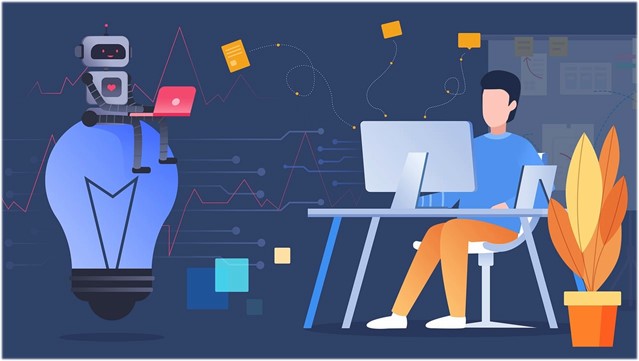The Unsung Heroes of Testing: Humans
In the world of software testing, mentioning a “tester” often conjures up stereotypes: engineers who don’t enjoy coding or those in entry-level software roles. And as if these clichés weren’t enough, biases within the testing field itself also work hard to assert themselves. This reality can be quite misleading, especially for young software testing candidates.

Manager Bias: Misunderstanding the Role of Software Testing
Let’s begin by examining the biases of managers who are less familiar with software testing. With artificial intelligence rapidly advancing in business, some envision transferring all manual testing tasks to AI, filling their team with automation testers to maximize efficiency. While this thought process may be understandable for those outside the field, even insiders are not free from biases. Everyone seems to be learning Selenium or improving their Java skills to become automation experts. However, few testers genuinely excel at crafting effective, insightful test scenarios.
Several dynamics lead to the misconception that automation testing is more sophisticated: automation testers often command higher salaries, coding languages appear complex, and manual testing seems straightforward from the outside. Consequently, many assume anyone can do it. Let’s break down the facts.
The “Real” Face of Automation: Handling the Tedious Tasks
The truth is that automation testing supports manual testers by freeing up their time for complex, creative tasks. The aim of a test team is to foster innovation, catch important details, and improve user experience within software. Repeating the same test over and over, however, can diminish a manual tester’s potential. This is where automation truly shines as a complement, not a replacement.
Think of it this way: if manual testing is Sherlock Holmes, then automation is Dr. Watson. Detecting unexpected bugs, identifying improvements in user experience, and analyzing unforeseen issues are manual testers’ strengths. Automation, on the other hand, serves as a helper for routine tasks, supporting manual testers rather than replacing them.
“Let’s Automate Everything!” – If Only It Were That Simple…
Some still think, “Isn’t automation the solution to everything? We could create a fully automated system that replicates the user’s actions down to the smallest detail.” It sounds appealing, but in real-world software testing, things don’t work that way. No matter how advanced automation becomes, not everything can be automated.
For example, automation can confirm that a screen “works,” but it can’t judge if the screen is meaningful to the user. It may see a button open, but it won’t determine if it’s intuitively placed from a user perspective. In short, to those who believe, “Let’s automate everything; machines can handle it all”: automation will never fully replace the human touch of manual testers. Manual testers look beyond the code, providing insights into how software functions in real-world settings. Automation is not a magic wand; it’s an invaluable tool when used correctly. As we saw with Sherlock and Watson, does it seem reasonable that Dr. Watson could ever replace Sherlock Holmes?

Manual Testers: The Team’s True Superheroes (Yes, Still)
Now for the “hero” part! By taking on repetitive tasks, automation allows manual testers to focus on the complex, critical, and creative test scenarios that truly matter. While automation may be fast and linear, it’s the intuition and experience of manual testers that guide the software development process through its most intricate pathways.
Automation ensures everything “functions as expected,” but it doesn’t address whether it’s user-friendly. Manual testers, however, delve into every detail, address root issues, and make software not only “functional” but also “meaningful” and “user-friendly.”
In other words, the synergy between automation and manual testers is akin to a secret recipe for successful software development – like adding a pinch of salt to a dessert to bring out its full flavor.
AI Again? Is This the Answer to Everything?
AI is now an invisible presence in many aspects of our lives. It provides recipes, suggests movies, summarizes meetings, and even acts as a digital personal assistant. However, making AI function like a human is achieved through the dedication of social scientists and developers. Still, a machine will never possess a human’s ability to feel or instinctively act in unexpected situations. Many testers have likely asked AI to draft or evaluate a scenario, but placing the entire burden on AI is far from realistic. And you’ve probably encountered comments like, “Anyone could do this with AI.” But let’s remember, “A fool with a tool is still a fool.”
Conclusion: So, Who Will Test the Machines?
In the end, automation and AI both require testing. Rather than seeing automation and AI as the “terminators” of the testing world, it’s beneficial to regard them as loyal colleagues. By combining the speed of automation with the human insight of manual testers, we can achieve high-quality, user-friendly software that stands the test of real-world use.

